When an inner situation is not made conscious, it appears outside as fate
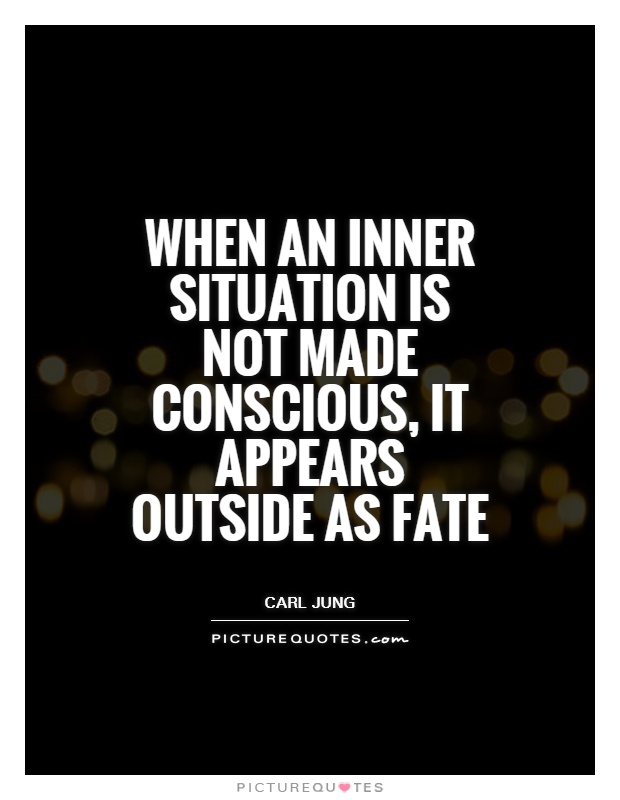
When an inner situation is not made conscious, it appears outside as fate
Carl Jung, a Swiss psychiatrist and psychoanalyst, is known for his groundbreaking theories on the human psyche and the collective unconscious. One of his most famous quotes is, “When an inner situation is not made conscious, it appears outside as fate.” This statement encapsulates Jung’s belief in the interconnectedness of the inner and outer worlds, and the importance of self-awareness in shaping one’s destiny.Jung believed that the human psyche is composed of both the conscious and unconscious mind, with the latter containing repressed thoughts, emotions, and memories that influence our behavior and experiences. When these unconscious elements are not acknowledged and integrated into our conscious awareness, they can manifest in our external reality as “fate” – seemingly random events or circumstances that shape our lives in ways we may not understand.
For Jung, the process of individuation – the journey towards self-realization and wholeness – involves bringing these unconscious aspects into the light of consciousness. By exploring and confronting our shadow selves, the parts of us that we deny or reject, we can gain a deeper understanding of ourselves and our motivations. This self-awareness allows us to make conscious choices and break free from the patterns and cycles that keep us stuck in unfulfilling or destructive situations.
Jung’s concept of synchronicity also plays a role in understanding how our inner world influences our external reality. Synchronicity is the idea that events are connected by meaning rather than causality, and that meaningful coincidences can occur when our inner and outer worlds are in alignment. When we are in tune with our true selves and our deepest desires, we are more likely to attract opportunities and experiences that reflect our inner state.
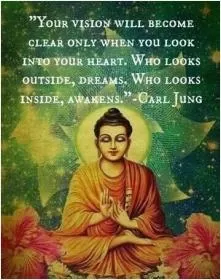
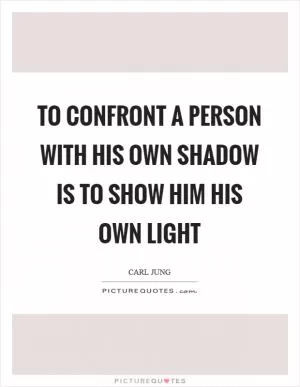
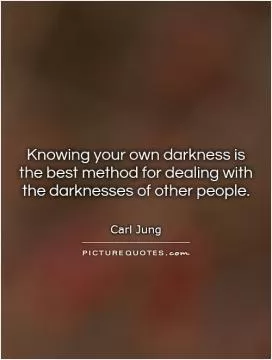


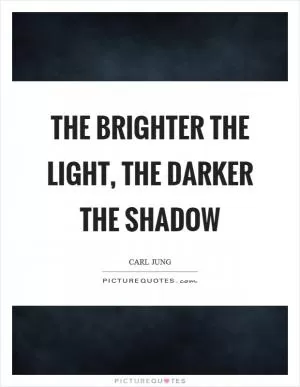
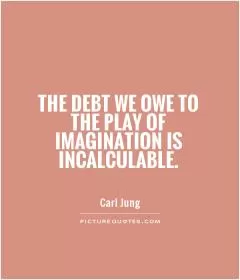

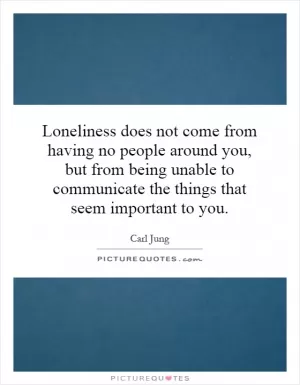
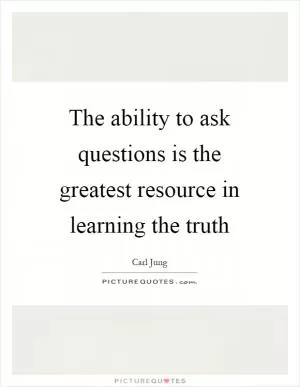

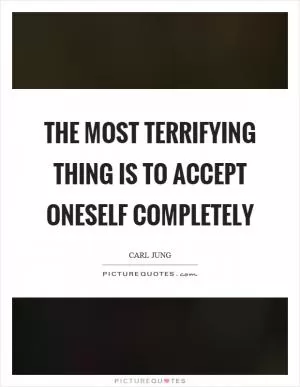
 Friendship Quotes
Friendship Quotes Love Quotes
Love Quotes Life Quotes
Life Quotes Funny Quotes
Funny Quotes Motivational Quotes
Motivational Quotes Inspirational Quotes
Inspirational Quotes